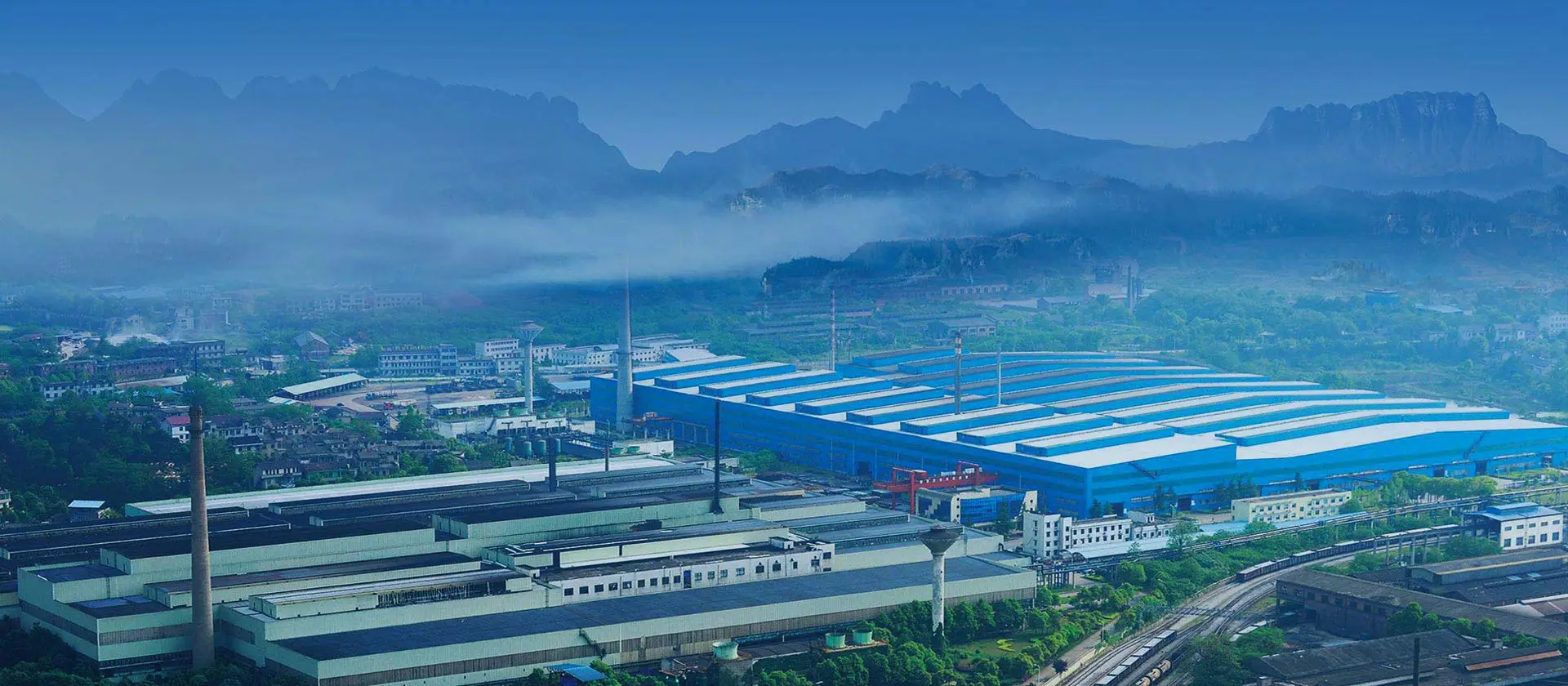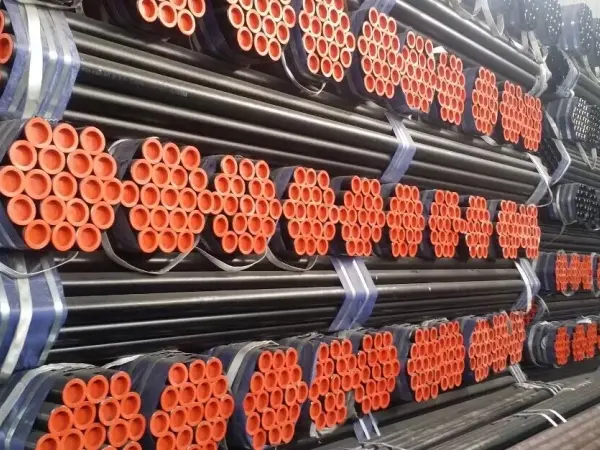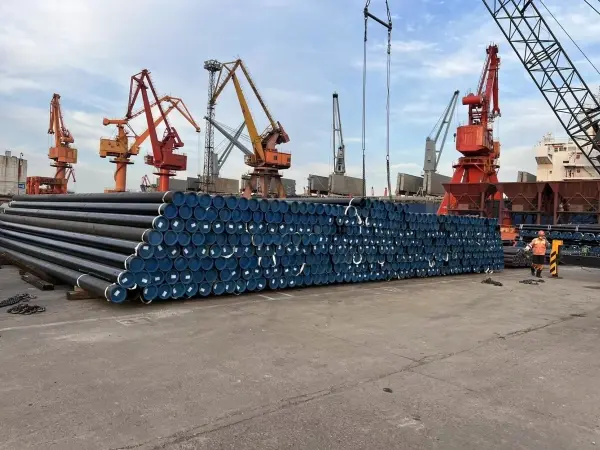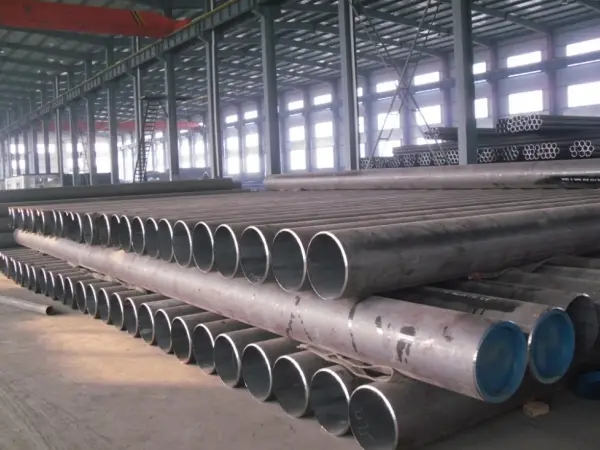
Seamless pipes are a critical component in industries that demand high strength, durability, and resistance to extreme pressure and temperature conditions. Unlike welded pipes, which have a visible seam, seamless pipes are manufactured from a solid steel billet, ensuring a uniform structure without weak points.
This comprehensive guide explores:
✔ The step-by-step seamless pipe manufacturing process
✔ Different production methods (hot rolling, cold drawing, extrusion)
✔ Key advantages over welded pipes
✔ Common applications across industries
✔ Quality control and testing standards
By the end, you’ll understand why seamless pipes are preferred for high-performance applications in oil & gas, power plants, automotive, and aerospace sectors.
The process begins with high-quality steel billets, typically made from carbon steel, alloy steel, or stainless steel. The steel composition is chosen based on the pipe’s intended use (e.g., corrosion resistance, high-temperature strength).
The billet is heated in a rotary furnace to 2,200°F (1,200°C), making it malleable for shaping.
The heated billet is fed into a piercing mill, where a mandrel and rollers create a hollow shell. This is the first step in forming a seamless tube.
The hollow shell is further processed using one of these methods:
· Mandrel Mill Process: The tube is rolled over a mandrel to refine thickness and diameter.
· Plug Mill Process: A plug is inserted to control the inner diameter.
· Assel Mill Process: Used for thicker-walled pipes, ensuring precision.
The pipe passes through sizing mills to achieve exact outer dimensions. A reducing mill may adjust diameter without altering wall thickness.
To enhance mechanical properties, seamless pipes undergo:
· Annealing (softens the metal for machining)
· Quenching & Tempering (increases hardness and strength)
The pipe is straightened using rotary straighteners and cut to required lengths.
Optional treatments include:
· Pickling (removes oxide layers)
· Galvanizing (zinc coating for corrosion resistance)
· Painting or Coating (for additional protection)
Strict checks ensure reliability:
✔ Ultrasonic Testing (UT) – Detects internal flaws.
✔ Hydrostatic Testing – Checks pressure resistance.
✔ Eddy Current Testing – Identifies surface defects.
✔ Dimensional Inspection – Verifies accuracy.

✅ No Weak Seams – Eliminates failure risks at joints.
✅ Higher Pressure Resistance – Ideal for hydraulic and gas systems.
✅ Better Corrosion Resistance – Uniform structure prevents rust.
✅ Smoother Interior – Improves fluid/gas flow efficiency.
✅ Greater Strength & Durability – Suitable for extreme conditions.
· Drilling pipes
· Refinery pipelines
· Offshore rigs
· Boiler tubes
· High-pressure steam lines
· Hydraulic systems
· Fuel injection lines
· Structural supports
· High-pressure water systems
Manufacturers adhere to:
· ASTM A106 (High-temperature service)
· ASTM A53 (General-purpose pipes)
· API 5L (Oil & gas pipelines)
· ASME B36.10M (Dimensional standards)
Seamless pipes offer superior performance in demanding environments due to their uniform strength, high pressure resistance, and longevity. Understanding their manufacturing process helps industries select the right type for critical applications.
Looking for high-quality seamless pipes? Ensure your supplier follows ISO, ASTM, or API standards for reliability.
Q: Are seamless pipes stronger than welded pipes?
A: Yes, seamless pipes have no welded seams, making them stronger under high pressure.
Q: Can seamless pipes be customized in size?
A: Absolutely—seamless pipes can be made in various diameters and wall thicknesses.
Q: What’s the maximum temperature seamless pipes can withstand?
A: Depending on material, some seamless pipes handle up to 1,000°C (1,832°F).
Q: How are seamless pipes tested for defects?
A: Ultrasonic, hydrostatic, and eddy current testing ensure defect-free pipes.


